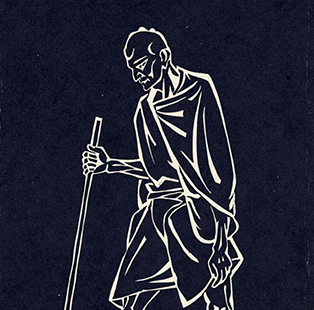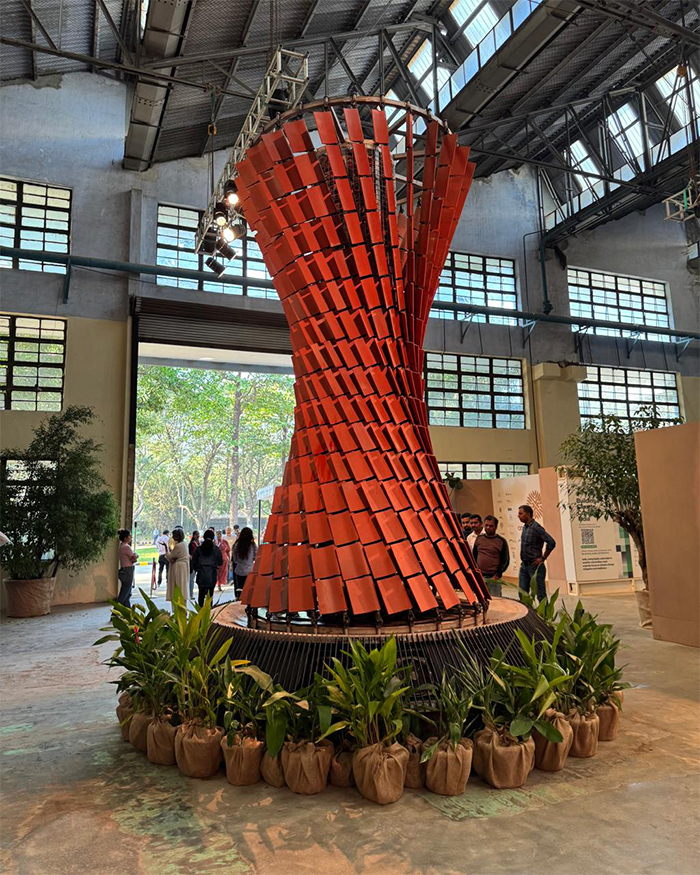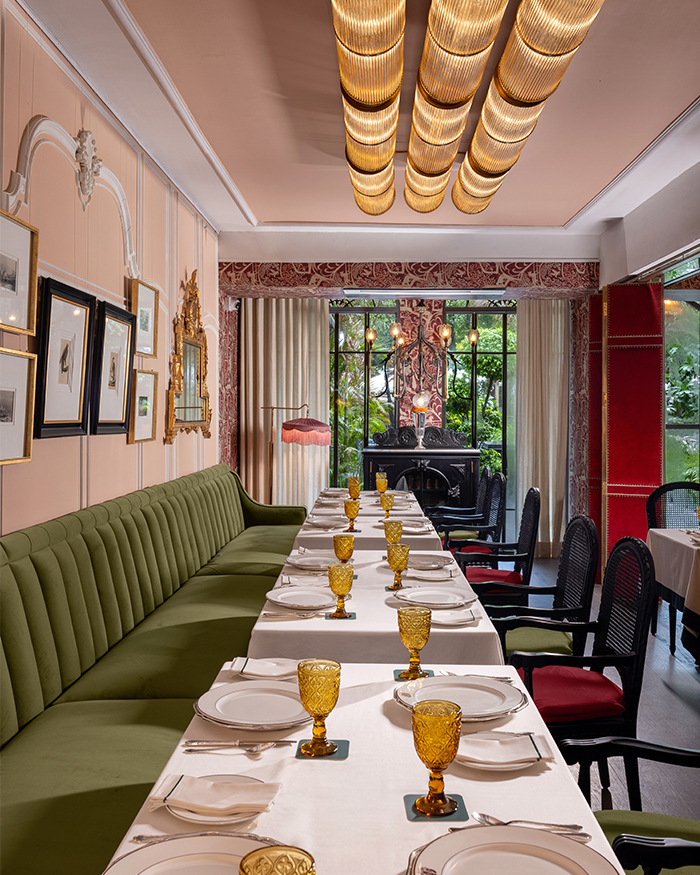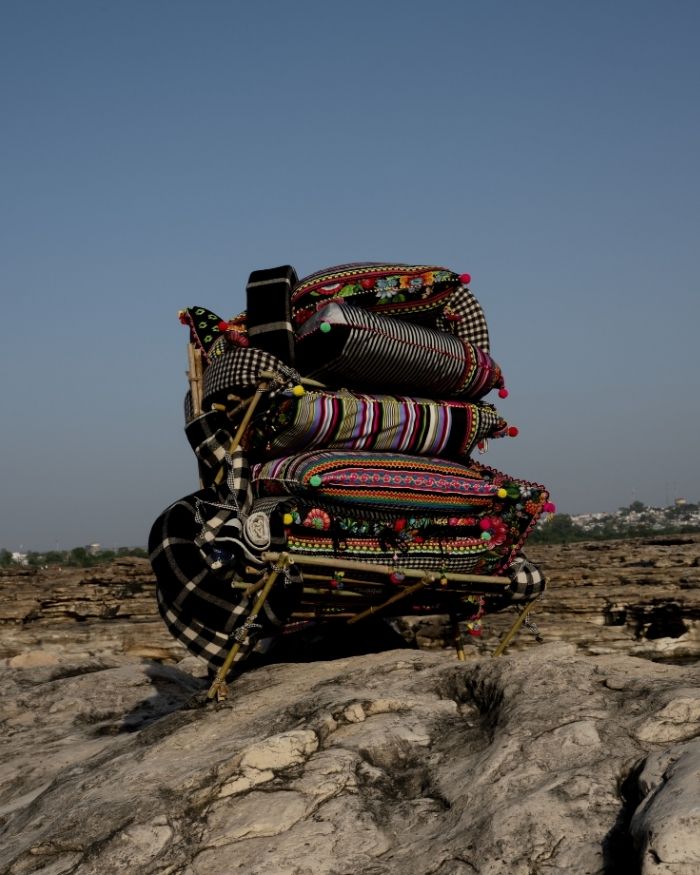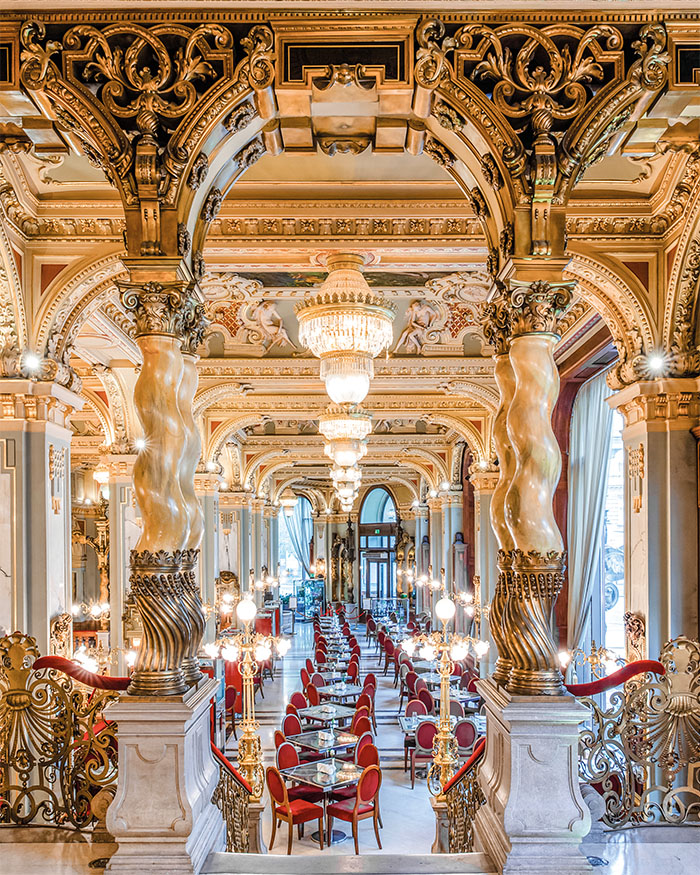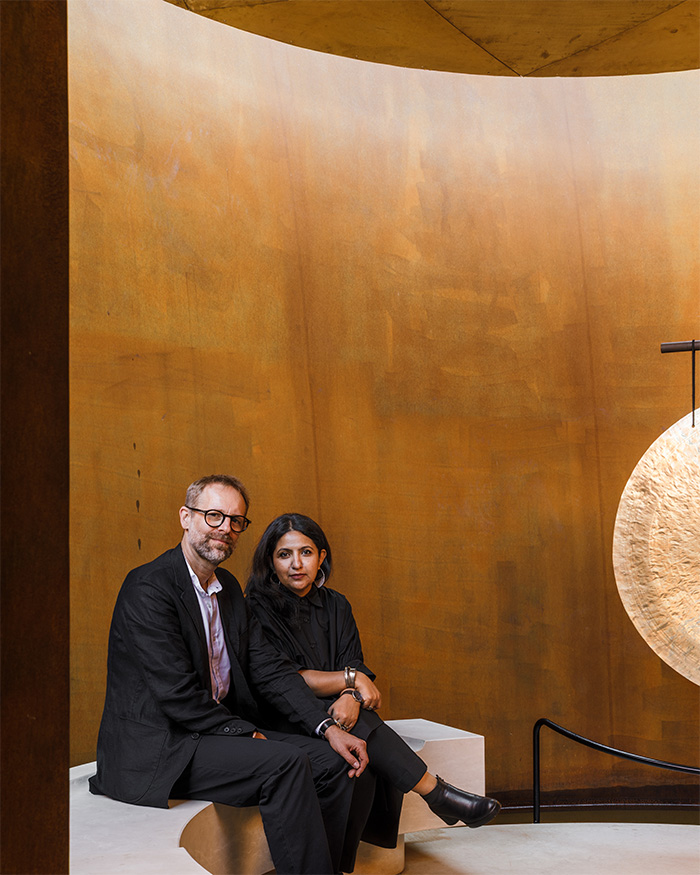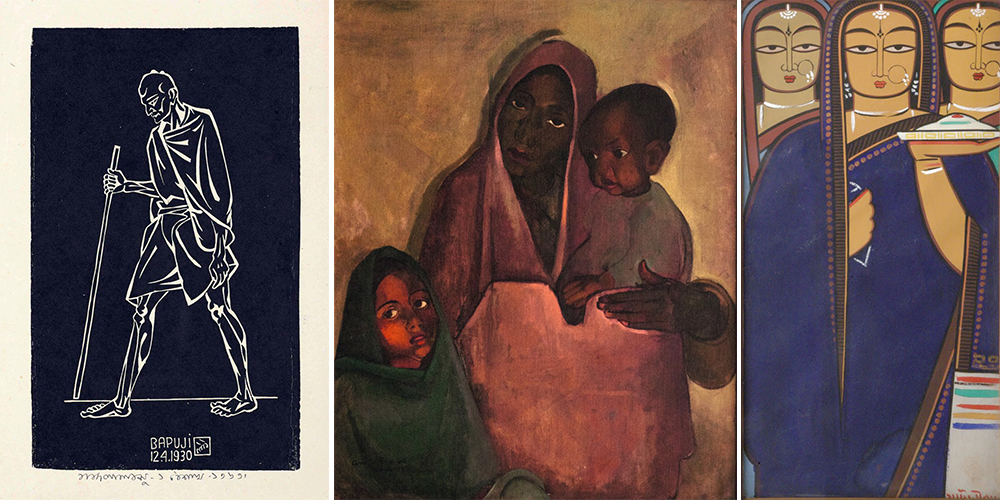
When a nation is born, the arts and artists play an integral role in effectively articulating a shared idea of the country to its people. During India’s freedom struggle against colonialism, Indian art and literature flourished and soon became a source of national pride.
Be it bringing back the memories of the unparalleled emperor Shivaji to awaken confidence among the citizens, or using the iconic Bapuji as a poster to symbolise the freedom struggle—art along with artists candidly gave expression to the sentiments of the countrymen.
Evoking the right emotions to raise nationalist sentiments and reviving cultural identities to spread feelings of patriotism. These artworks contributed subtly, yet effectively overcoming linguistic barriers. Take a look…
‘Bapuji’ by Nandalal Bose, 1930

Considered as the father of Modern Indian Art, Nandalal Bose amalgamated patriotic sentiments to his art. In 1930, Bose created a black on white linocut print of Mahatma Gandhi walking with a stick. Released on the occasion of Gandhi’s arrest for protesting the British tax on salt. In no time, the image became an icon of sorts for the Non-Violent Freedom Movement and Gandhi himself. The National Gallery of Modern Art in Delhi possesses this work among 7,000 other works by Nandalal Bose in its collection.
‘Bharat Mata’ (Mother India) by Abanindranath Tagore, 1905
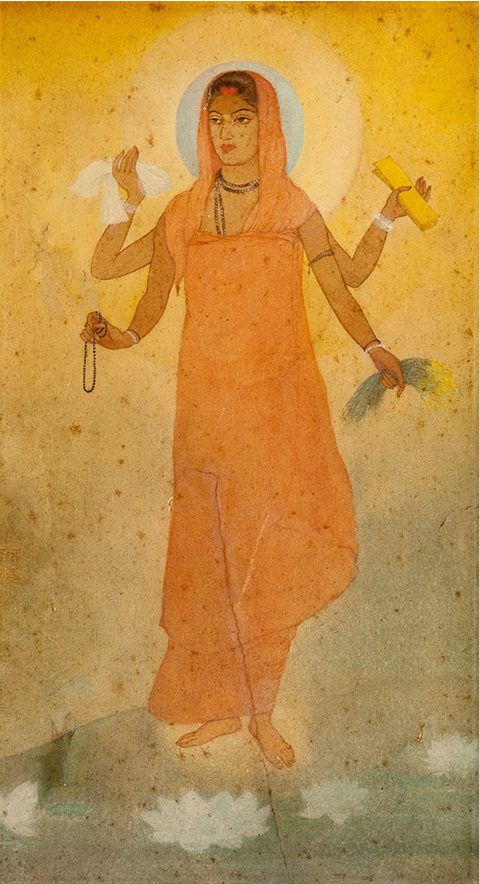
Dating back to 1905, the painting depicts a saffron clad woman, dressed like a sadhvi, holding a book, sheaves of paddy, a piece of white cloth and a garland in her four hands. The painting is considered significant because it helped in conceptualising the idea of Bharat Mata (Mother India). This iconic image was reprinted in thousands of protesters’ posters and banners across Bengal to invoke a sentiment of national fervour.
A sketch from ‘Famine’ series by Zainul Abedin, 1943
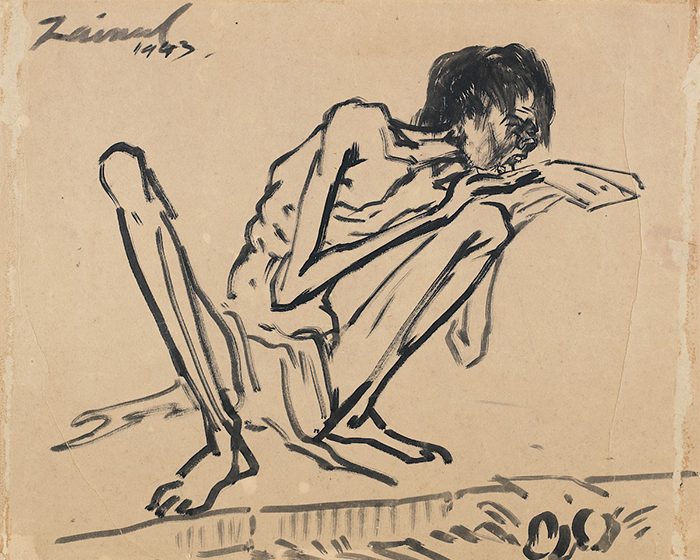
Influenced by the Great Famine of Bengal in 1943, Zainul Abedin gave birth to his most characteristic artwork. Showcasing inhumane scenarios of the famine, Abedin sketched people in skeletal forms, lying by the roadside in dire situations. These artworks became exemplary of human suffering and turmoil. The artist used ordinary packing paper to accentuate the theme of the paintings further. This was Adebin’s way of spreading awareness about the situation of the working class in India.
‘Shivaji’ by Raja Ravi Varma, 1890
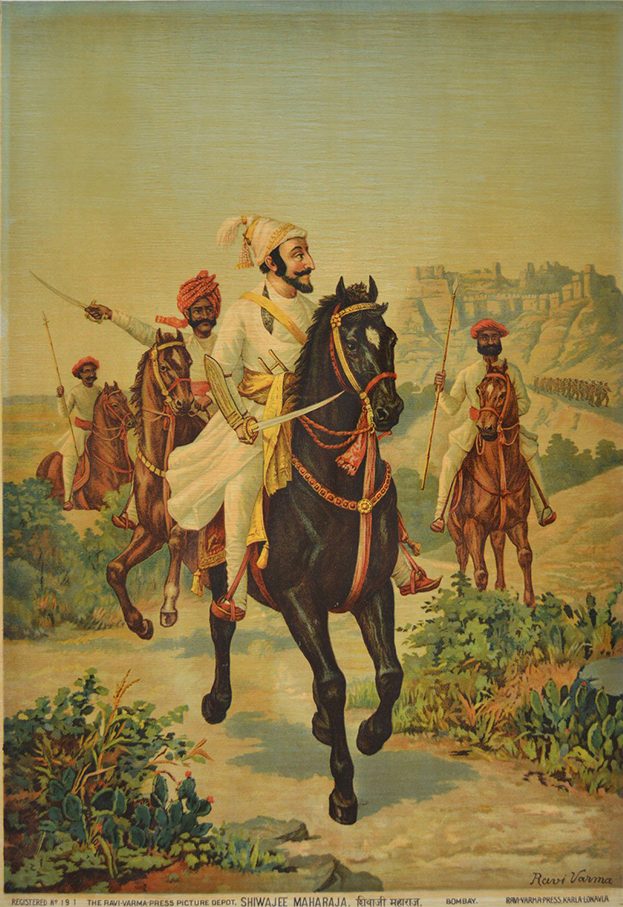
Shivaji, the great warrior king’s stories about valour and pride are well-known. His role assumed inspirational importance during the Independence movement in creating an Indian identity. This painting by Raja Ravi Varma depicts Shivaji as riding on a horse. The royal and noble aura exuding from him instilled confidence in the then meek countrymen.
‘Mother India’ by Amrita Sher-Gil, 1935
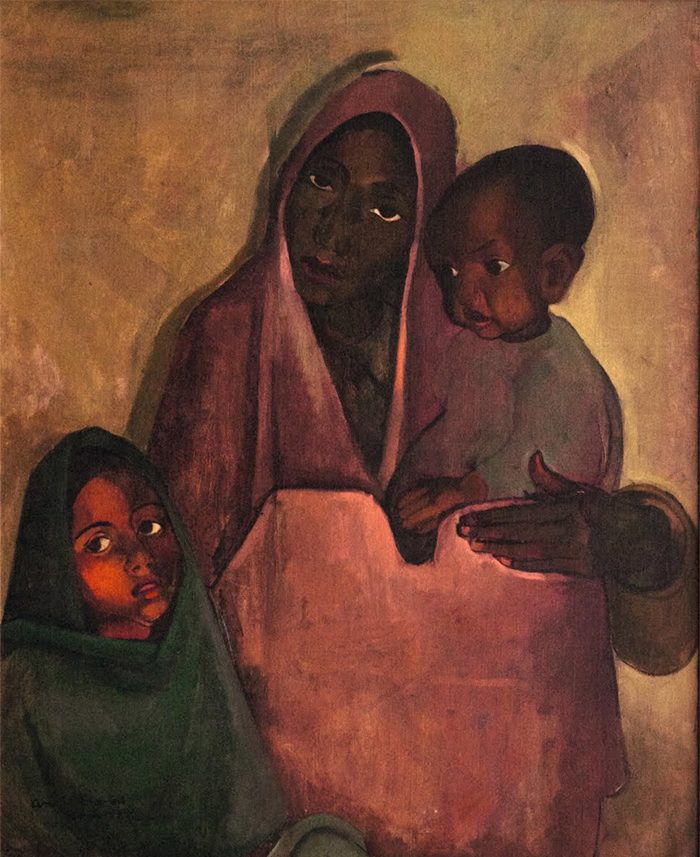
‘Mother India’ by Amrita Sher-gil runs in contrast to the portrayal of ‘Mother India’ by other artists. Grounded in reality and the existing condition of the country, Sher-gil depicts ‘Mother India’ as a woman in poverty, holding a son in her arms and a daughter by her side. Devoid of mythification and crowning splendour, Sher-gil painted Mother India just like she would paint the citizens of the country.
‘Tiller of the Soil’ by Nandalal Bose, 1938
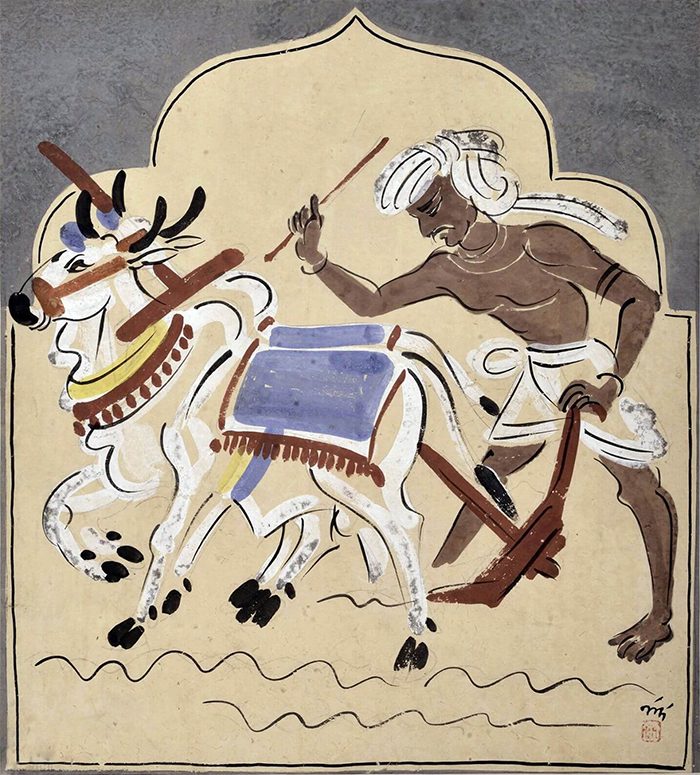
This painting adorned the pavilion site of the Congress Session, Haripura in 1938. Painted with the combination of rhythmic lines, tempera and wash technique of water colours on paper, the painting depicts an Indian farmer tilling the field in a traditional method. A grey arch frames the painting, illusioning the onlooker as if the scene is being viewed through a jharokha.
If you enjoyed reading about art and its associations with the freedom struggle, do have a look at these historic buildings that played a pivotal role during the movement…

